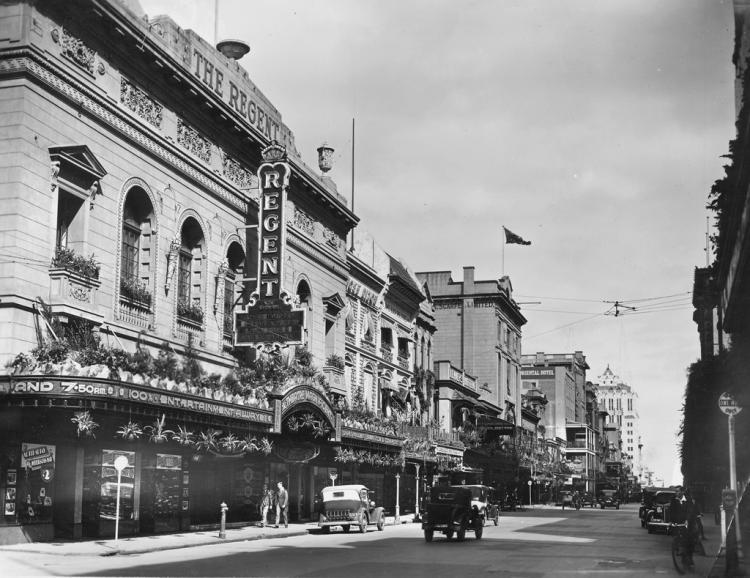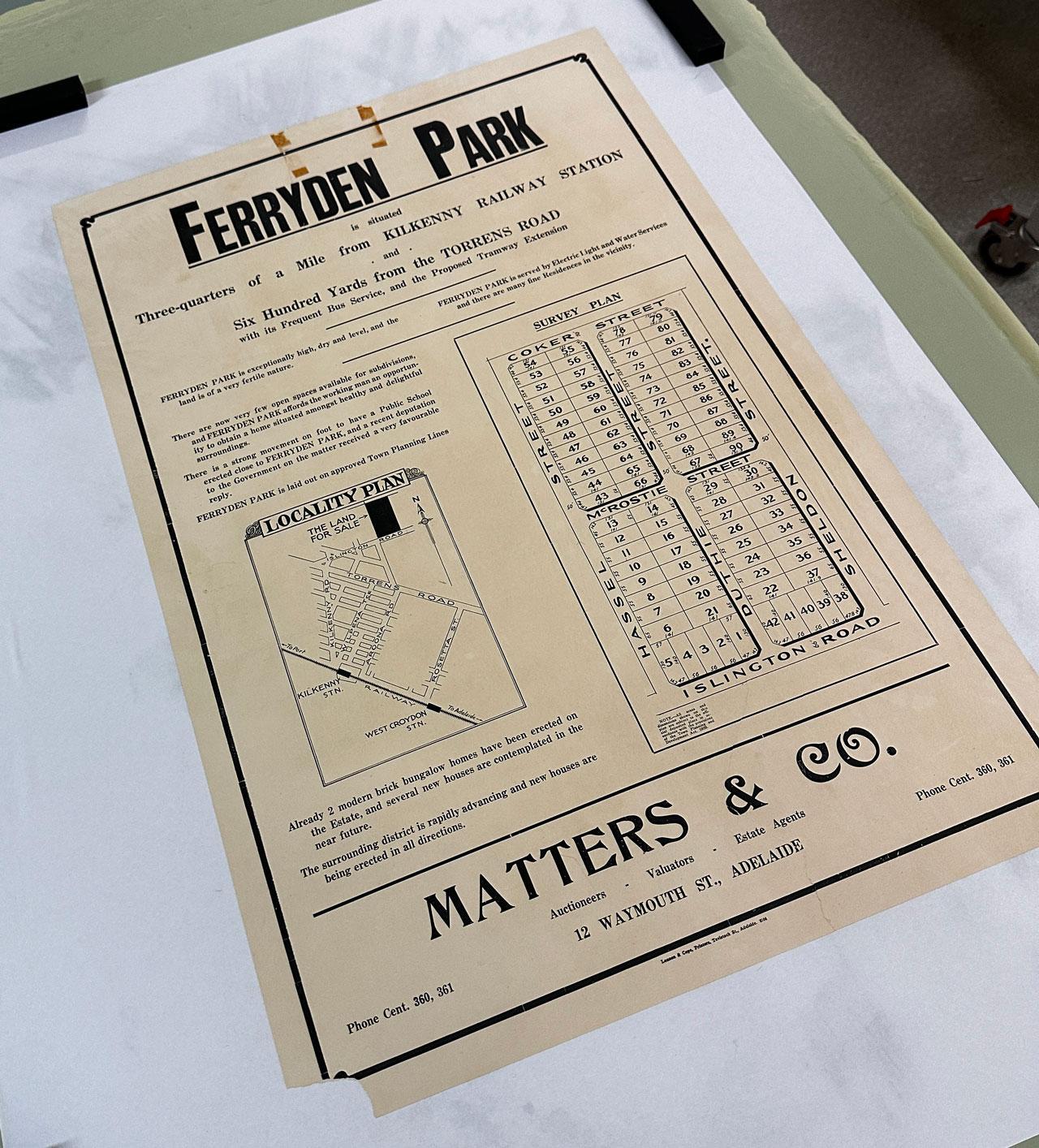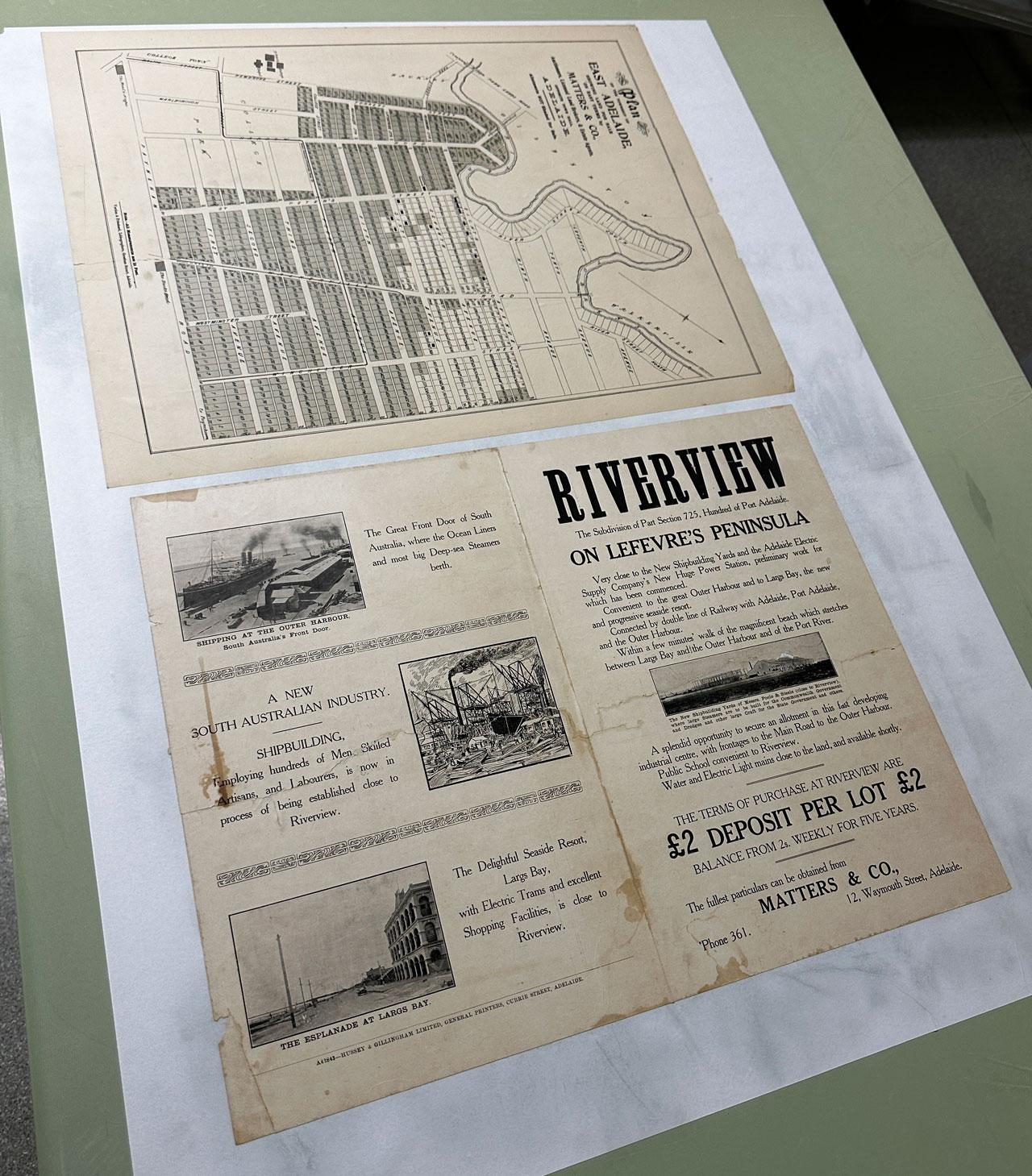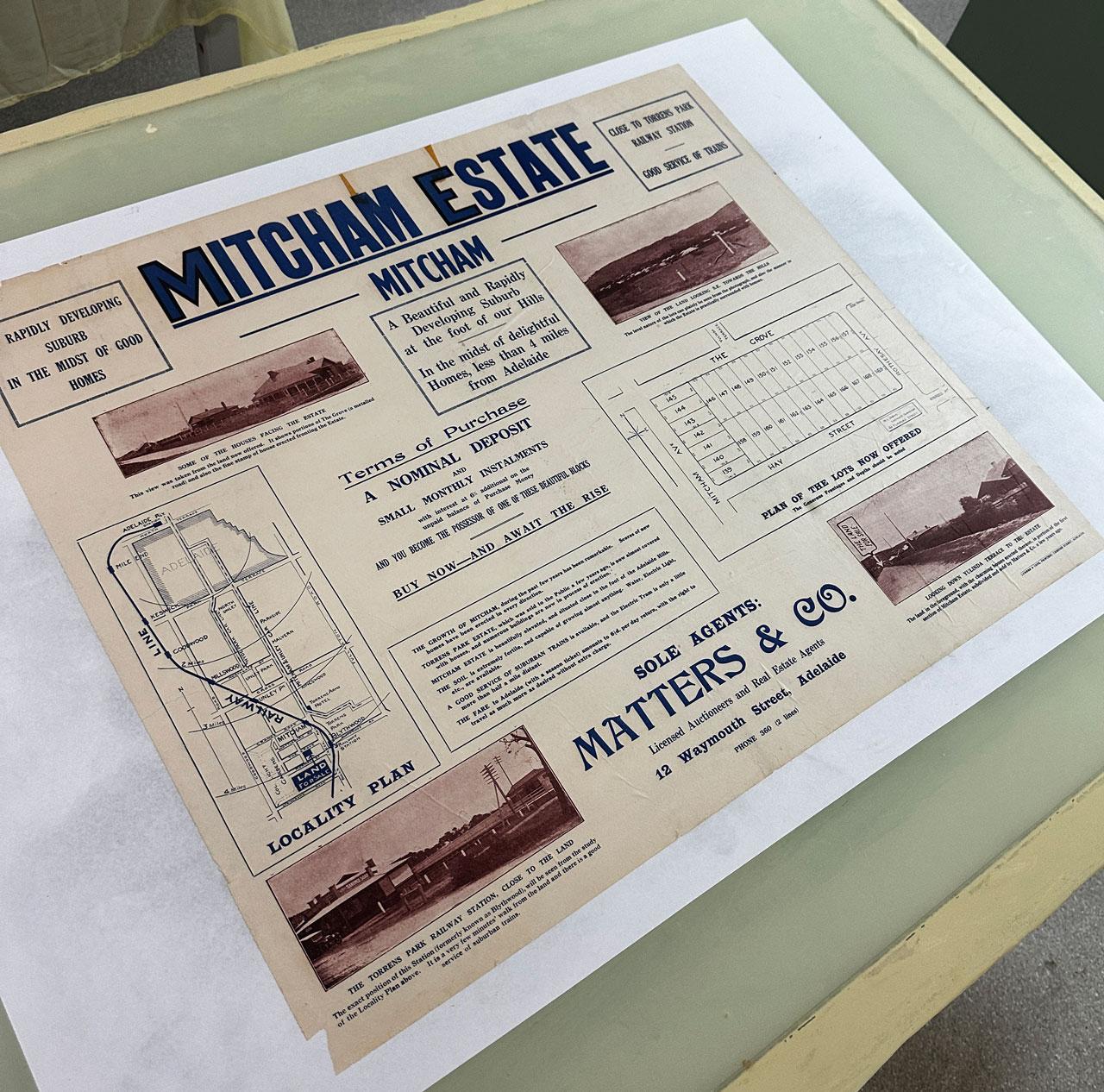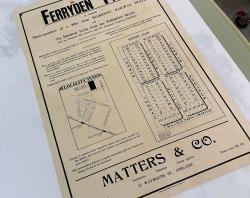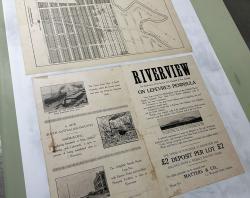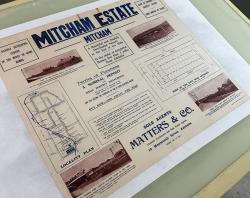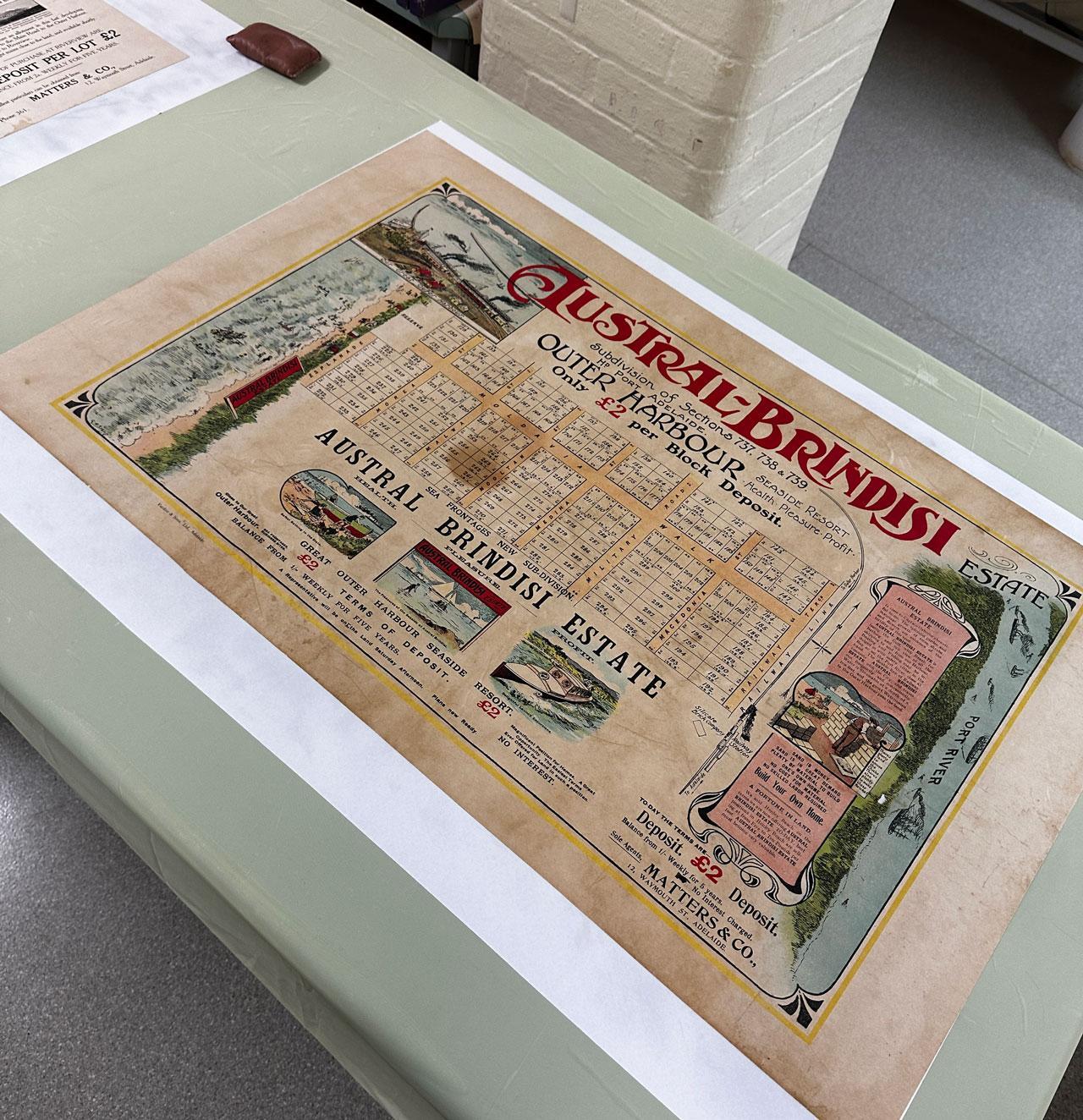
Researching the maps
The next step was to research when they were made, and that’s where our intrepid Librarians come back into the picture. Along with our determined research volunteer Natacha Tracy, we used a myriad of clues and sources to narrow these down. It was then over to our outstanding Senior Cataloguer Brenna Cook who went to work describing the maps and officially adding them to the collection.
The donation of century-old maps to a library is not merely an act of generosity; it is a gesture that opens a window into history, offering a tangible connection to the past that resonates through generations. These aren’t just any maps, mind you. These treasures date back over 100 years, each one a piece of parchment whispering tales of times gone by. With this donation, we can see the formation and expansion of early suburbs in the Adelaide area. These maps are more than dusty relics. They’re a bridge between past and present, a reminder that our history isn’t just something to study - it’s something to cherish, to learn from, and to pass down to future generations.
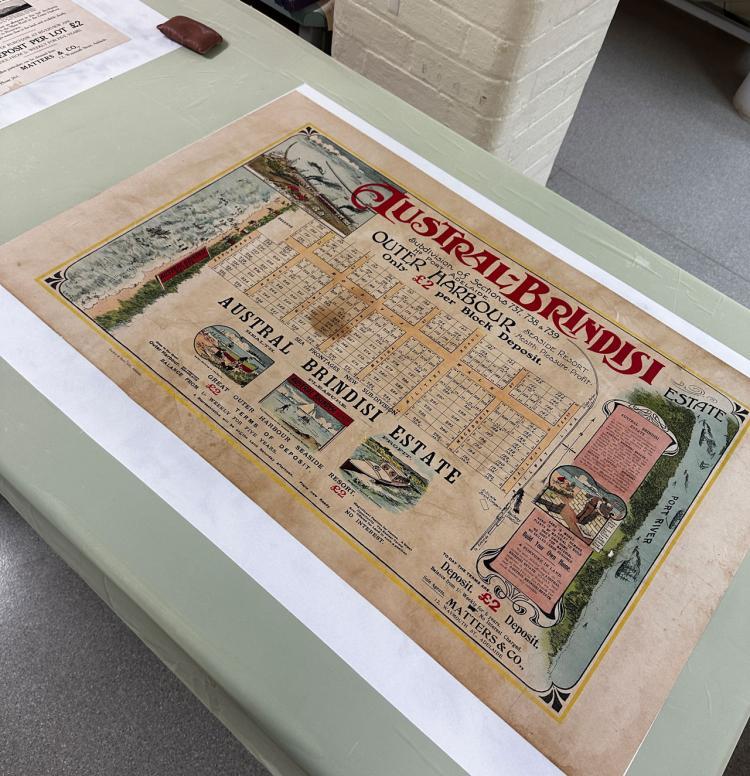
Detailing estates that are now part of established suburbs, these maps sparkle with extra information telling a story of the time. A story of exploration, colonisation, and technological advancement, these documents encapsulate the aspirations and achievements of their era. A time machine, showing us how our world has evolved and grown, one ink stroke at a time; these maps are a goldmine for historians and scholars alike. They’re like puzzle pieces in a grand tapestry of human history, helping us piece together the stories of how neighbourhoods grew. Localities we all know – Bridgewater, Ferryden Park, and Mitcham (these maps are all from the mid-1920s), and some that we may not know by these names – East Adelaide, River View, and Austral Brindisi (all from the early 1910s).
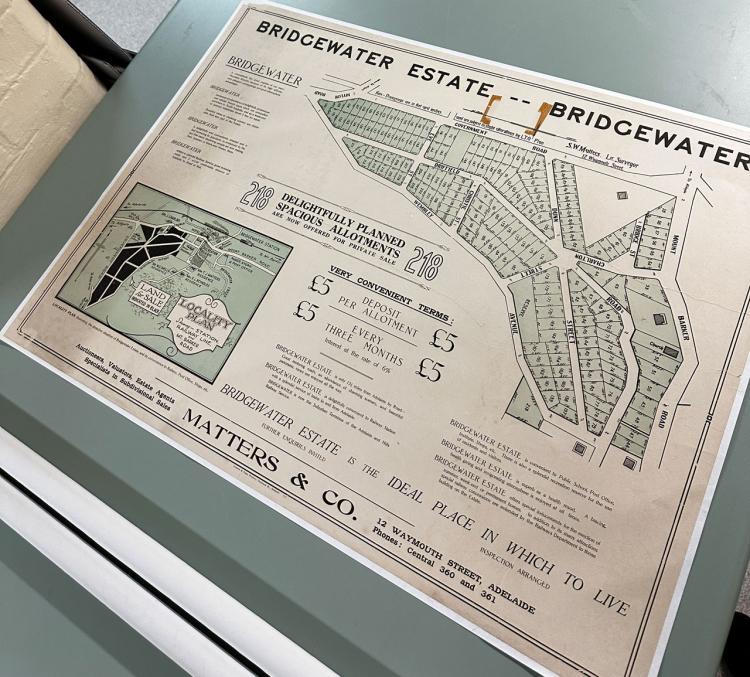
Among the collection are maps that depict the evolution of urban landscapes, streets and landmarks long vanished or transformed leap back into existence, offering a visual narrative of urban development and societal change. The preservation of these maps is also a testament to the community's commitment to its heritage. It underscores the importance of safeguarding cultural artifacts for future generations, ensuring that the stories embedded within these maps continue to inspire and inform.
The craftsmanship that went into these designs is astounding. Back in the day, making a map wasn’t just about some lines on paper. It took real skill, patience, and maybe a touch of artistic flair to bring these landscapes to life. Each swirl of ink, each tiny label, it’s like a work of art, a testament to the dedication of those cartographers who saw the world through their quill-tipped pens. One of the beachside maps even has the instruction
“Sand is money, sand is in great demand, plenty of material to build one’s own home, no cost for material, no skilled labor required.”
This is accompanied by the most beautiful hand-drawn pictures you can imagine.
As they find their place within the State Library's collection, they will continue to inspire curiosity, spark imagination, and foster a deeper appreciation for the rich tapestry of our collective history. These maps are more than just paper and ink. They’re lessons waiting to be learned, adventures waiting to be had, stories waiting to be told.
If you’re interested in finding out more about your suburb or town, see our Research Guide on South Australian places: Researching a town or suburb.
Written by Rachel Small, Published Collections Librarian
